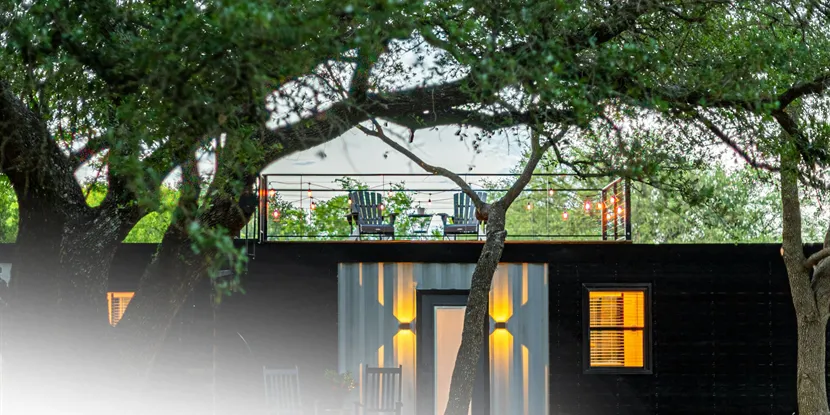Embracing the compact living revolution

As cities become denser and housing costs climb, a significant shift is underway in how we perceive and inhabit our living spaces. The trend towards compact living is not just a response to urbanization and economic pressures but also reflects a growing appreciation for minimalistic lifestyles. This movement champions the art of maximizing every inch of space in smaller homes and apartments, turning limitations into creative opportunities.
Understanding compact living
Compact living goes beyond merely coping with smaller spaces; it's about reimagining them. This approach to housing is gaining traction for its potential to lower living expenses, minimize environmental footprints, and foster simpler, less cluttered lives. By choosing to live in smaller quarters, individuals are finding freedom in the very constraints that once seemed restrictive.
If you are looking for an apartment for rent you can find it easily with us.
Design principles for compact living
The ingenuity of compact living lies in its design principles, which make the most out of limited spaces. Utilizing vertical space through wall-mounted storage and decor can transform the functionality and aesthetic of a room. Furniture that serves dual purposes, like sofa beds and extendable tables, becomes a cornerstone of smart, space-saving interior design. Embracing minimalism and decluttering is also crucial; by focusing on essentials, residents can enjoy a more organized and spacious living environment. Moreover, strategic use of lighting and color can dramatically alter the perception of size, making rooms appear larger and more inviting.
Innovative storage solutions
Innovation is key when it comes to storage in compact living settings. Built-in solutions, such as under-stair drawers and wall niches, offer seamless ways to reduce clutter without sacrificing style. Furniture with hidden compartments or that can transform for different uses exemplifies the creativity fueling this trend. Additionally, organizational hacks for closets, kitchens, and living areas can significantly enhance the efficiency and usability of small spaces.
The future of compact living
Looking ahead, compact living is poised to shape the future of architecture and interior design. Emerging trends, driven by technological advancements like smart furniture and home automation, promise to further revolutionize how space is utilized. As this movement evolves, it could also influence urban development and housing policies, reflecting a broader societal shift towards sustainability and efficiency.
The compact living revolution offers a compelling vision for the future of housing, one that values creativity, sustainability, and simplicity. By rethinking our living spaces and adopting space-saving solutions, we can all find ways to live larger within a smaller footprint. This movement encourages us to reconsider what we need to live comfortably and challenges us to make the most of the spaces we call home.
- → Understanding compact living
- → Design principles for compact living
- → Innovative storage solutions
- → The future of compact living
- The digital house hunt: How tech is transforming the search for real estate 15. March 2024
- Enhancing rental appeal through outdoor space redesign 8. March 2024
- Spring Cleaning Tips for Home Sellers and Renters 1. March 2024
- Preparing Your Home for the Market: A Comprehensive Guide 16. February 2024
- Embracing the compact living revolution 9. February 2024
- The smart home revolution 9. February 2024
